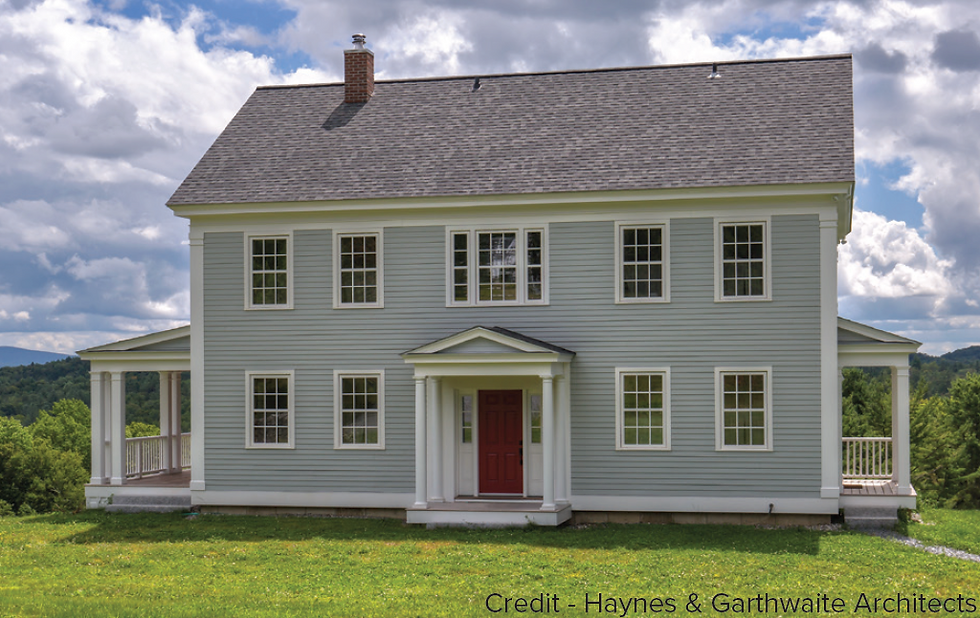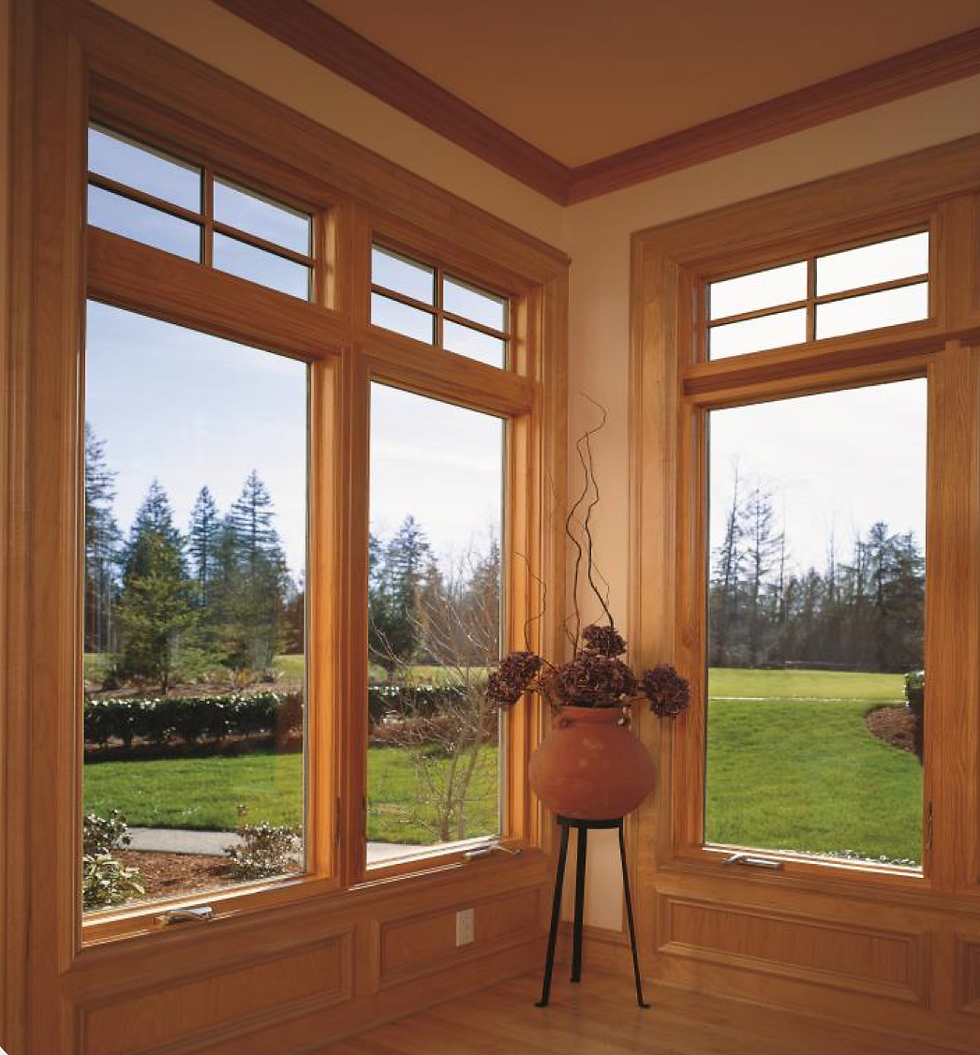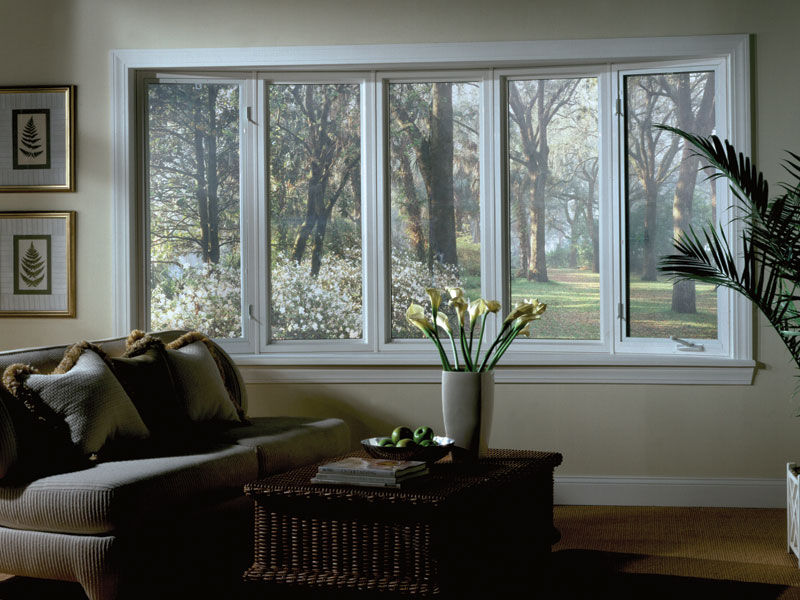Energy Efficiency to the Fullest
- Eastern Window Supply

- Mar 4, 2021
- 2 min read
Updated: Mar 10, 2021
Passive House Windows | A Higher Standard of Energy Efficiency
Kohltech Offers Passive House Certified Windows
Passive House, also known as Passivhaus from its German origins, is a very rigorous standard for energy efficiency in a building. Passive House Certified windows are available in our Supreme, Estate and Heritage Series windows with either Awning, Casement or Narrow picture profile. For glass options, both of our Triple Glaze Energies Plus LSG and Triple Glaze Energles Plus HSG windows qualify. Kohltech Windows & Entrance Systems is one of very few in North America to receive this certification. Creating windows with this certification provides numerous benefits to your home.
Energy Efficiency
The triple glazing technology insulates the home far more effectively than regular windows. Passive solar gains and energy produced by electricity and people are able to create most of the necessary heating.
Comfort
Consistent and comfortable temperatures are maintained all year round since the windows minimize heat loss in the winter and maximize heat gain in the winter.
Affordability
Increased insulation and consistent temperatures mean lower energy bills throughout the year, including those cold outdoor winters.
Performance
Acquiring the Passive House certification is a rigorous process and only windows of the highest quality achieve this standard.

Passive House (Passivhaus Certified Building)
The term passive house refers to a rigorous standard for energy efficiency in buildings. The standard first originated in Germany in 1988 and has now spread across many countries worldwide. Estimates in 2008 of the number of Passive House certified buildings ranged from 15000 to 20000.

There are three rigorous standards that a building must follow to be eligible for Passive House Certification, along with several recommendations. The standards are as follows:
The building must be designed to have an annual heating and cooling demand as calculated with the Passivhaus Planning Package of not more than 15 kWh/m2 (4,755 BTU/sq. ft.; 5.017 MJ/sq. ft.) per year in heating or cooling energy OR be designed with a peak heat load of 10 W/m2 (1.2 hp/1000 sq ft).
The total primary energy (source energy for electricity, etc.) consumption (primary energy for heating, hot water and electricity) must not be more than 120 kWh/m2 (38,040 BTU/sp ft; 40.13 MJ/sq ft) per year.





Comments